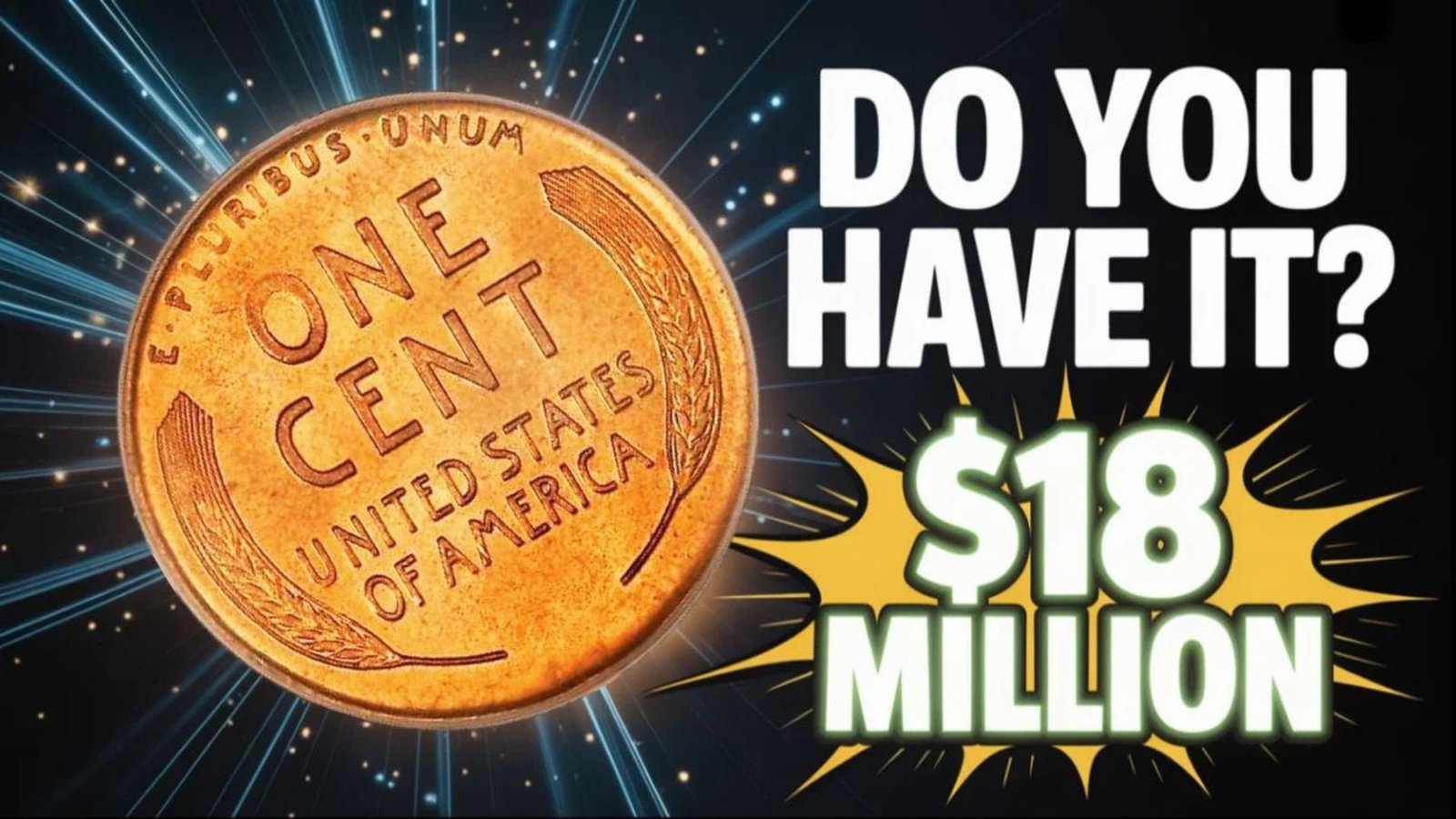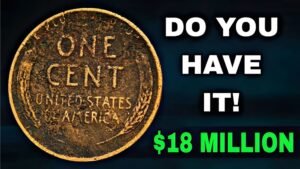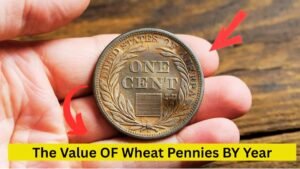If you’ve ever found an old Wheat Penny in your change and wondered if it’s worth more than a cent, you’re not alone. These little copper coins have turned casual collectors into treasure hunters, with some pieces fetching hundreds—or even thousands—of dollars. But what’s truly fascinating is how their value has evolved over the past decade. By the end of this guide, you’ll know exactly which Wheat Pennies are worth keeping and how to spot them before they disappear into history.
What Are Wheat Pennies?
Wheat Pennies, officially known as Lincoln Wheat Cents, were minted from 1909 to 1958. They feature Abraham Lincoln on the front and two stalks of wheat on the back—a design meant to symbolize prosperity. While billions were made, certain years, mint marks, and errors have made specific coins incredibly valuable.
A Look Back: History and Origins
The first Wheat Penny was introduced in 1909, marking the 100th anniversary of Lincoln’s birth. Designed by Victor D. Brenner, it was the first U.S. coin to feature a real person. Collectors were immediately intrigued, especially by the rare 1909-S VDB version, which featured the designer’s initials and had a limited mintage. Over time, these coins became more than currency—they became pieces of American history.
How Wheat Penny Values Have Changed (2015–2025)
Over the past ten years, Wheat Penny values have steadily climbed, driven by collector demand, copper prices, and the growing popularity of coin hunting. While common Wheat Pennies (1940s–1950s) might only fetch a few cents each, key dates and mint errors have skyrocketed in value.
Value Trends of Popular Wheat Pennies (2015–2025)
| Year / Type | 2015 Avg Value | 2020 Avg Value | 2025 Avg Value | Value Growth |
|---|---|---|---|---|
| 1909-S VDB | $900 | $1,200 | $1,600+ | +78% |
| 1914-D | $350 | $450 | $650+ | +85% |
| 1922 No D (Error) | $500 | $800 | $1,200+ | +140% |
| 1931-S | $100 | $140 | $200+ | +100% |
| 1955 Doubled Die | $1,000 | $1,600 | $2,400+ | +140% |
| 1943 Bronze (Error) | $75,000 | $150,000 | $250,000+ | +230% |
| As the table shows, rare varieties like the 1955 Doubled Die and 1943 Bronze Penny have seen explosive growth. Even mid-tier rarities such as the 1914-D Wheat Penny continue to gain collector traction. |
Why Wheat Pennies Remain Valuable Today
The key to their value lies in scarcity, condition, and historical context. Many rare Wheat Pennies were struck at low volumes or contain unique minting errors that make them one-of-a-kind. Collectors are willing to pay thousands for well-preserved examples. Furthermore, rising metal prices and nostalgia for classic designs keep their demand alive.
Factors That Influence Wheat Penny Value
| Factor | Impact on Value | Example |
|---|---|---|
| Year & Mint Mark | Determines rarity | 1909-S, 1914-D |
| Minting Errors | Creates uniqueness | 1955 Doubled Die, 1943 Bronze |
| Coin Condition (Grade) | Boosts market price | MS65 coins can be 10x more valuable |
| Collector Demand | Drives bidding wars | Popularity on eBay and auctions |
| Metal Content | Copper value adds premium | Pre-1944 cents are solid copper |
Expert Tips for Collectors
- Inspect Every Coin Carefully – Small differences like a missing mint mark can mean thousands in value.
- Get Professional Grading – Certified coins from PCGS or NGC are trusted by buyers and fetch higher prices.
- Avoid Cleaning Coins – Cleaning can lower a coin’s grade and drastically reduce its worth.
- Focus on Key Dates – Prioritize coins like the 1909-S VDB, 1914-D, and 1955 Doubled Die for investment.
- Track Market Trends – Prices fluctuate; auction data often reveals hidden opportunities.
Frequently Asked Questions
Q: Are all Wheat Pennies valuable?
A: Not all, but every Wheat Penny is collectible. Common years are worth a few cents, while key dates can reach thousands.
Q: Can I still find Wheat Pennies in circulation?
A: Rarely, but some still turn up in old coin rolls, collections, or estate sales.
Q: What’s the rarest Wheat Penny?
A: The 1943 Bronze Wheat Penny, known for being accidentally struck on bronze instead of steel, is one of the rarest and most valuable.
Q: Are uncirculated Wheat Pennies worth more?
A: Yes. Mint-state or proof coins hold significantly higher premiums due to condition and rarity.
Conclusion: The Timeless Charm of Wheat Pennies
Over the past decade, Wheat Pennies have proven to be more than small change—they’re historical treasures. From the 1909-S VDB’s legacy to the legendary 1943 Bronze error, each coin tells a story of America’s past and numismatic artistry. Whether you’re a casual collector or a serious investor, these coins remain a dream find that bridges generations—and their story is far from over.




